Projects
Assessment of Regional Development Related Statistics in Samtskhe-Javakheti Region
In August-October 2012, PMCG implemented the GIZ funded project “Four Sector Working Papers for the Samtskhe–Javakheti (SJ) Regional Development Strategy (RDS) Working Groups”, which aims to support SJ regional development Council Working Groups to collect information and prepare relevant developmental working documents in the following areas: (1) Regional Economy; (2) Agriculture; (3) Social Sector; and (4) Sustainable Natural Resource Management and Environment Protection. The working process was hindered by a lack of relevant and reliable statistical data and demonstrated the need to improve regional statistics. GIZ realizes that this need will become clearer, if not vital, in the process of RDS implementation process as the monitoring has to be based on reliable data sources; therefore it is important to have a clear picture of the current situation in terms of regional statistics on which the identification of possible solutions that will facilitate RDS implementation in the future are based. Accordingly, PMCG under the GIZ support started to evaluate Regional Development related statistics in SJ region. The purpose of this evaluation is to identify what kind of statistical data has to be produced by Geostat’s regional office (and other authorities) in SJ region to measure the progress of RDS implementation. The process for all other regions of Georgia, including data gathering, will be identical.
In order to support the development of adequate statistical data and an information-base for regional development in SJ, PMCG will:
- Identify and list indicators which are necessary for the information-based elaboration of the regional development strategy of SJ and monitoring of the implementation / achievement of the objectives of the regional development strategy;
- Analyze the availability of the necessary data and accordingly,
- Make recommendations regarding the data collection.
As a result of the study, PMCG will develop the methodological design and analytical framework for the study. In addition, half-way through the project a mid-term report will be drafted as well. Finally, PMCG will produce an analytical report, which will provide an analytical overview of the legal framework, division of responsibilities and recommendations on the selected region.
Subscribe
NEWS
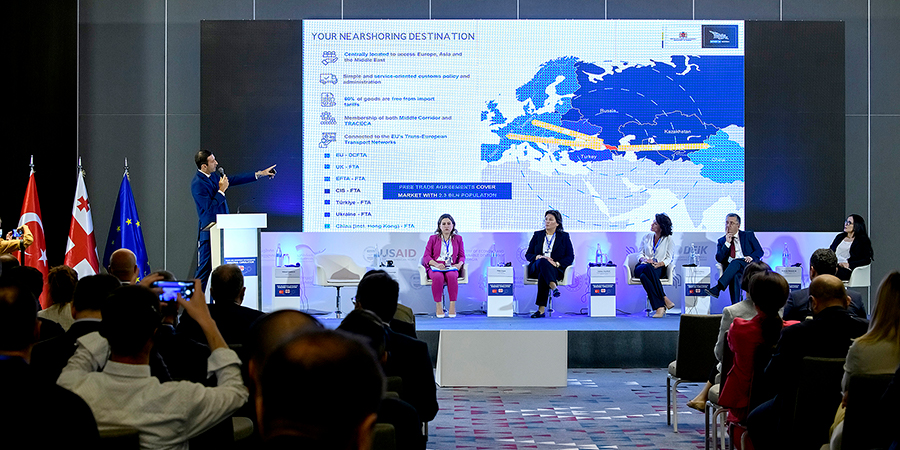
On September 9, we presented the findings of the research entitled “Investment and Export Promotion via Diagonal Cumulation between Georgia, Türkiye, and the European Union” at a forum organized by the Ministry of Economy and Sustainable Development of Georgia with the support of the USAID Economic Security Program, the EU, and GIZ.
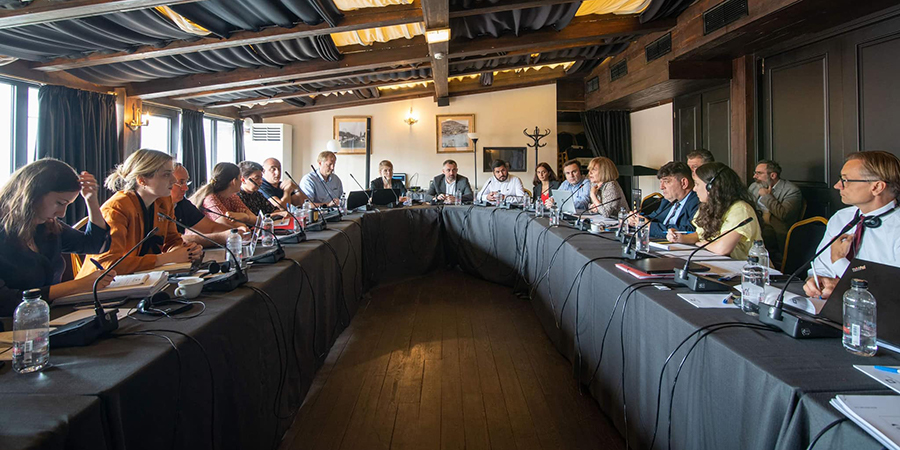
We recently started working on a new project entitled “Communal Infrastructure for Environment and Tourism Improvement - Lot 2: Accompanying Measures,” aimed at improving the living conditions of people in four Georgian municipalities (Baghdati, Vani, Samtredia, and Kazbegi) through improving the supply of hygienically-sound drinking water and environmentally-safe sanitation infrastructure.
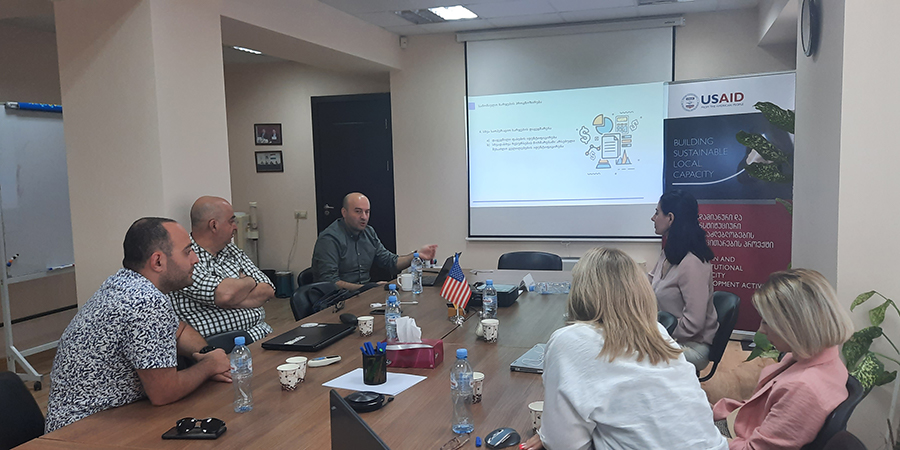
We recently completed a project entitled “Executive Roundtable (ERT) Session on Non-Profit Budgeting Process,” carried out by the USAID HICD Activity and implemented by the Kaizen, Tetra Tech company, aiming to facilitate collaboration, collective learning, and organizational development in the non-profit budgeting process with a cohort of selected organizations, including the Georgian Young Lawyers Association (GYLA), the Georgian Institute of Politics (GIP), and the Georgian Association of Social Workers (GASW).
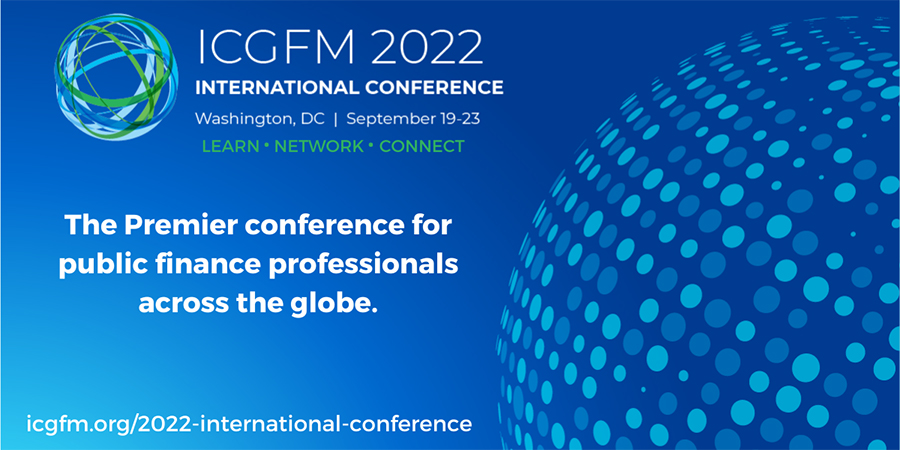
On September 19-23, the International Consortium on Governmental Financial Management (ICGFM) is hosting the 2022 International Conference at the University Club of Washington DC, offering the first opportunity in over two years for the global PFM community to gather in-person to network and connect with leading professionals and colleagues from across the world, in a unique and distinguished setting.
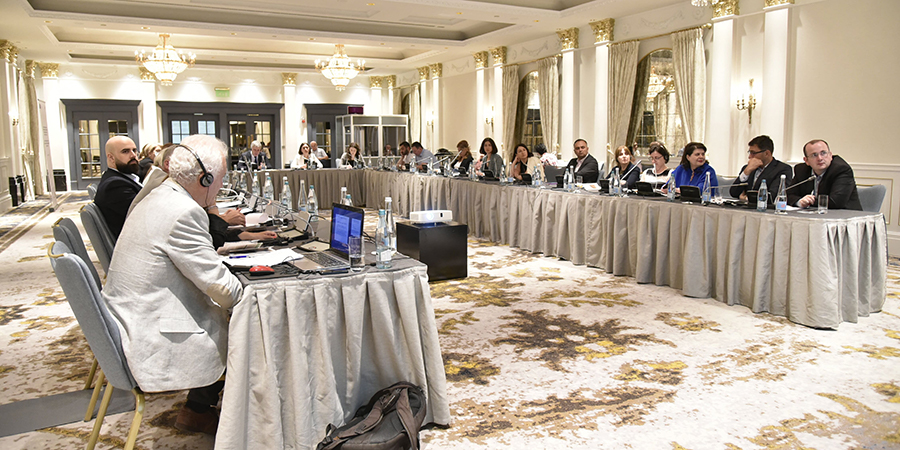
On July 28, PMCG supported a workshop organized by the EU and the Ministry of Environmental Protection and Agriculture of Georgia as part of the project “Support to Environmental Protection and Fight Against Climate Change in Georgia.”
PUBLICATIONS

In November 2025, hotel price index in Georgia decreased by 5.9% month-over-month (MoM), with the largest declines in Guria, Tbilisi, and Samtskhe-Javakheti. In November 2025, hotel price index in Georgia decreased by 4.2% year-over-year (YoY), with the largest declines in Imereti, Kakheti, and Samegrelo-Zemo Svaneti. The average price of a room ranged from 101 GEL to 390 GEL in November 2025.

In October 2025, the number of persons receiving a salary increased by 1.9% month-over-month and by 2.6% year-over-year. In October 2025, vacancies published on Jobs.ge decreased month-over-month by 12.2% and by 2.1% year-over-year. The number of vacancies in IT and programming category increased the most both year-over-year (+54.8%) and month-over-month (+5.0%) in October 2025. In Q3 2025, compared to Q2 2025, labor market expanded, as seasonally adjusted job opening rate increased and unemployment rate decreased, while labor market efficiency remained unchanged.
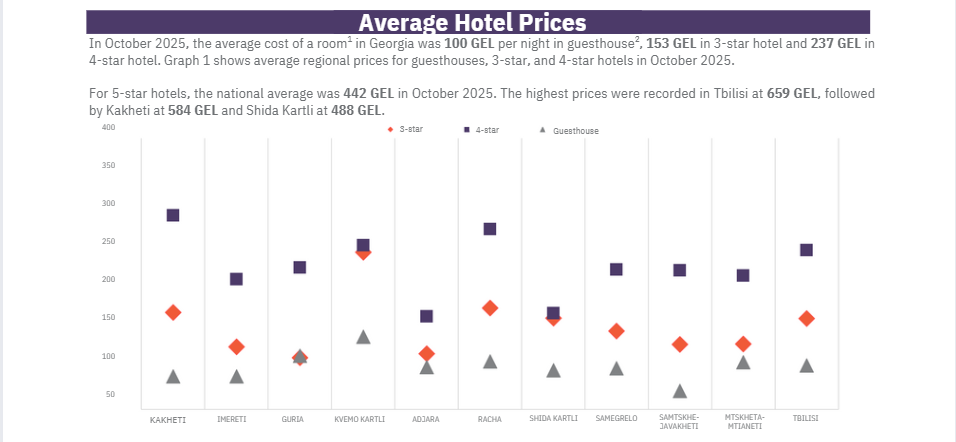
In October 2025, hotel price index in Georgia decreased by 9.6% month-over-month (MoM), with the largest declines in Adjara,Guria, and Kakheti. In October 2025, hotel price index in Georgia decreased by 2.3% year-over-year(YoY), with the largest declines in Mtskheta-Mtianeti, Samegrelo-ZemoSvaneti, and Kakheti. The average price of a room ranged from 100 GEL to 442 GEL in October 2025.

In September 2025, the number of people receiving a monthly salary increasedby 4.9%month-over-month and by 2.6% year-over-year. The total number of vacancies published on Jobs.ge increased month-over-month (+20.0%) and year-over-year (+4.7%). Over the past three months, the number of vacancies on Jobs.gein logistics declined by 4.5%, while those in management fell by 4.4% compared to the same period in 2024.
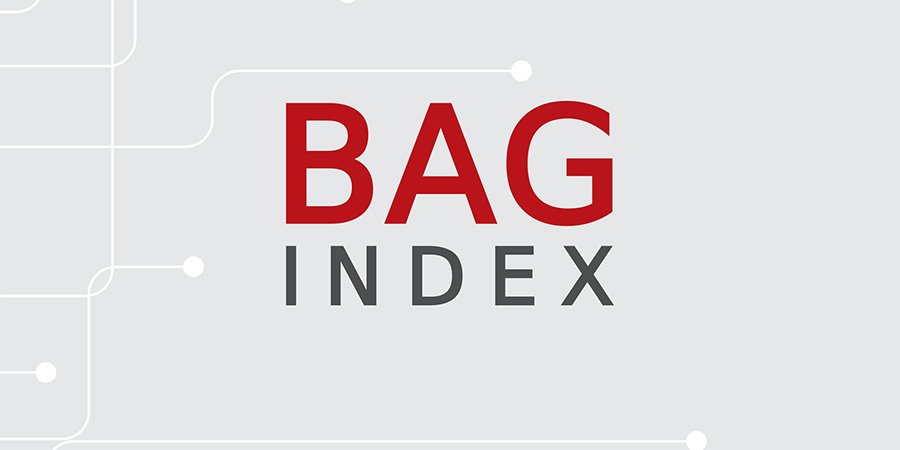
The Business Association of Georgia (BAG) Index is a joint product of the Business Association of Georgia, PMC Research Center, and the ifo Institute for Economic Research. The BAG Index summarizes the BAG Business Climate, BAG Employment Barometer, and BAG Investment Environment, which are calculated according to the assessments of the top managers of BAG member businesses and companies in their corporate group. BAG and PMC Research Center publish the BAG Index on a quarterly basis from Q4 2019.